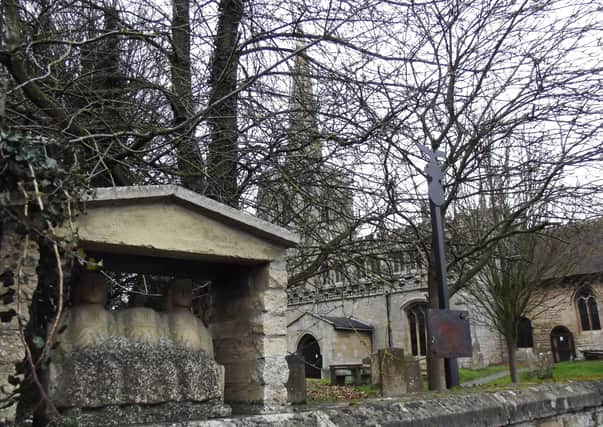Are bats in your belfry?


It is thought that at least 60 per cent of historic churches across Lincolnshire contain bat roosts, but it could be many more, say experts.
Some of these historic buildings are home to national and even internationally important bat roosts.
Advertisement
Hide AdAdvertisement
Hide AdThe Bats in Churches Study aims to understand how and why these protected mammals use church buildings and is appealing for volunteers to come forward to help by searching for evidence of bats in their local Lincolnshire church between now and the end of August. Participants share experiences on social media using #ChurchBatDetectives. Find out more and register at bit.ly/BiCStudy.
The study is led by Bats in Churches, a five-year project funded by the National Lottery Heritage Fund and bringing together partners from the conservation and heritage sectors to reduce the damage that bats can cause in churches while also protecting their roosts, working with ecologists, architects and communities.
Claire Boothby from the project said: “We are still in the dark about how many of the 16,000 Church of England churches are used by these protected mammals.”